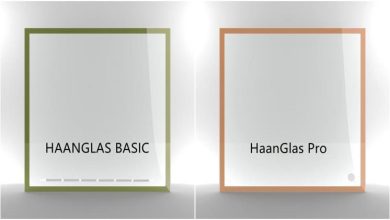Tips for Using a Gantt Chart Effectively

A Gantt chart is a visual tool that allows you to track the progress of a project and see how different tasks relate to one another. They are a great way to visualize a project schedule and help you stay on track. Gantt charts are a popular project management tool, but they can be tricky to use effectively. Keep reading for a Gantt chart example and our top tips on using Gantt charts to manage your projects.
What is a Gantt chart?
Gantt charts are a great way to visualize a project timeline and track the status of tasks from the start to the end date. They can help you identify potential bottlenecks and dependencies in your project. It typically consists of a list of tasks on the left-hand side and a timeline on the right-hand side. Each task is represented by a bar, and the length of the bar indicates how much time is estimated for that task. Gantt charts can be helpful for project managers because they allow them to see at a glance how the project is progressing and whether any tasks are running behind schedule. Gantt charts can help you identify potential delays and manage resources more effectively. Here are some tips for using a Gantt chart effectively:See more info from here Second Hand Mobile Phone
- Start by creating a list of all the tasks that need to be completed for your project.
- Assign each task start dates and duration.
- Use a different color to indicate whether a task is in progress or complete.
- Add milestones to mark key points in the project timeline.
- Use arrows to show dependencies between tasks.
- Export your Gantt chart as a PDF or image file for sharing with others.
Make adjustments as needed based on new information or changed circumstances.
When creating or using a Gantt chart, it’s important to be flexible and make any necessary adjustments based on new information or changed circumstances. If the project timeline changes, the Gantt chart should be updated to reflect the new schedule. Additionally, if there are unexpected delays or changes in scope, the Gantt chart should be adjusted to account for them. Adapting as needed is critical for ensuring that a Gantt chart remains an accurate and effective planning tool.
Use color coding to indicate progress and status.
One effective way to use a Gantt chart is by using color coding to indicate progress and status. Different colors indicate whether a task is in progress, completed, or overdue. This can help you quickly see where you are in the project and how much progress has been made.
Create a Gantt chart template that fits your needs.

A Gantt chart effectively visualizes the start and end dates of tasks and the dependencies between them. When creating a Gantt chart, determine the time scale that will be used. The most common scale is days, weeks, or months.
Once you have determined the time scale, you can begin to create your chart by listing the individual tasks and their associated start and end dates. Dependencies between tasks can be illustrated with arrows pointing from one task to another. It’s also important to consider how much slack or buffer should be built into each task.
By assigning start and end dates to each task, you can better gauge how much time is needed, identify any potential conflicts or overlaps in tasks, and track the project’s progress as it unfolds. Additionally, a Gantt chart can help you quickly identify which tasks are on schedule and which are behind schedule.
This can help ensure that tasks are not rushed and that there is enough time for unforeseen delays. Finally, once your chart is complete, it can be helpful to print it out and post it in a visible location where team members can refer to it throughout the project.
A Gantt chart is important for managing and tracking project tasks and timelines. It can help to ensure that all tasks are completed on time and that the project remains on track. By using a Gantt chart effectively, project managers can ensure that their project is completed.





